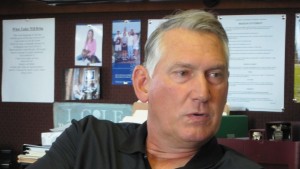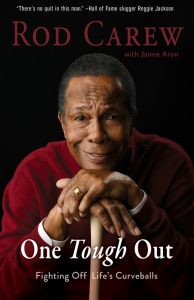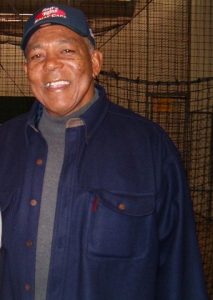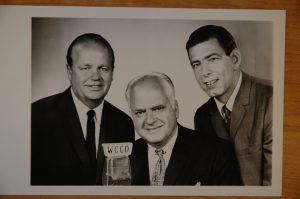Enjoy a Tuesday notes column…
The Minnesota Twins, selecting at No. 27 in next week’s MLB Draft, aren’t positioned to acquire University of Minnesota pitcher Max Meyer from Woodbury. Speculation this spring is the sophomore right-hander will be selected among the first 10 picks, and Gophers coach John Anderson told Sports Headliners Meyer “may be top five.”
Anderson, the Gopher coach since 1981, ranks Meyer and Glen Perkins his two best pitchers ever. The St. Paul-born Perkins was selected No. 22 in the first round by the Twins in June of 2004, and later became a big time reliever for Minnesota.
Anderson said Meyer has a superb work ethic and trained hard to achieve his success as both a reliever and starter for the Gophers. Meyer caught the attention of scouts this spring with a slider moving at an impressive spin rate. His other top pitches are a changeup and fast ball that has reached 100 miles per hour, Anderson added.

Meyer finished his Gopher career with a lifetime 2.07 ERA (fourth best all-time in the program), with 187 strikeouts in 148 innings pitched. His 18 saves are the third-most in 132 seasons of the program’s history.
Jerry Kline Jr. told Sports Headliners yesterday there have been “no conversations” with Treyton Thompson or his family this spring about transferring to Cretin-Derham Hall. Conjecture in recent weeks has Thompson, a top 100 prep player for the class of 2021 and a verbal commit to the Gophers, playing his senior season for coach Kline.
Thompson, a native of Alexandria, Minnesota and a power forward, played as a junior at La Lumiere School in Indiana last year. He and his family inquired more than 12 months ago about a transfer to CDH but that wasn’t possible because metro area residence is required. It’s not known if Thompson is looking at other options than La Lumiere for his senior season.
The Raiders lose four starters from last season’s team but return Trejuan Holloman, a junior point guard drawing national attention from recruiters. He is an unselfish playmaker who consistently gets others involved. “He’s a fun player to play with, and he’s a fun kid to coach, and he’s all about team,” Kline said.
No high school player from the state will be the object of more attention next winter than Minnehaha Academy 7-footer Chet Holmgren, who both ESPN and 247Sports rank as the No. 2 prep player nationally in the class of 2021. Despite his size, he has extraordinary versatility including ball handling. Holmgren’s shooting and shot blocking are also among his most noticeable skills.
Kline refers to him as unique. “He’s just a phenomenal player and he’s only going to get better,” Kline said.
Chet weighs less than 200 pounds and is similar in size to his father David Holmgren who played four seasons as a reserve for the Gophers from 1984-1988. “He hadn’t really filled out yet when I had him,” said Jim Dutcher, who coached David his first two seasons.
A scholarship player, David played in 57 games, starting three times during his Gopher career. He averaged 1 point and .08 rebounds per game in limited minutes during at Minnesota after being a standout center at Prior Lake High School.
Tomorrow (Wednesday) was originally supposed to be the last day college basketball players could withdraw their names from the NBA Draft and still be eligible for next season. The NCAA nixed the June 3 date awhile ago and has yet to announce a new deadline. That gives Marcus Carr, Minnesota’s best player if he returns to the team, more time to contemplate whether his immediate future is with the Gophers or pros.
My guess as to Carr’s draft appeal to NBA clubs? At best, mid to late second round.
Happy birthday to Minnesota hockey legend Lou Nanne who turns 79 today.
It was eight years ago yesterday that media icon Dark Star (real name George Chapple) died at his home in Minnetonka. A character among characters, Dark loved sports including horse racing and is a member of Canterbury Park’s Hall of Fame.
The current issue of Sports Illustrated devotes its cover and 10 inside pages to the financial “crisis” facing minor league baseball. The article begins with this: “In response to an SI survey on the effects of the pandemic, three-quarters of teams express serious concerns over either their survival or that of fellow clubs.”
College football is second only to the NFL in “core fans,” per a news release last week from the National Football Foundation. The release cited a Gallup poll that reported college football’s popularity surpassed the American professional sports of baseball, basketball, hockey and soccer.
The Gophers had the third largest jump in attendance among FBS schools in 2019, with an average of 8,275 more in average announced attendance for seven home games. Minnesota’s average for the season was 46,190 versus 37,915 in 2018.
Comments Welcome






